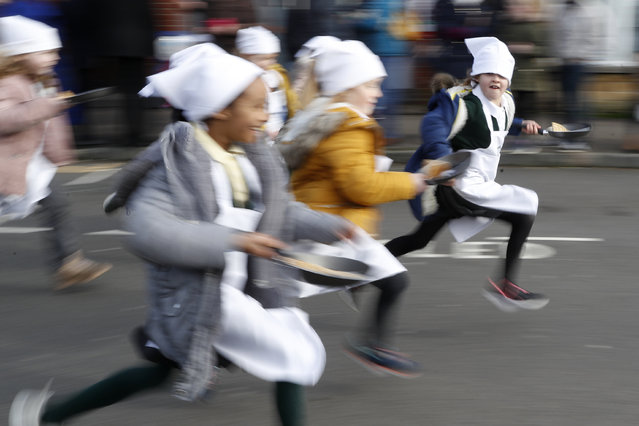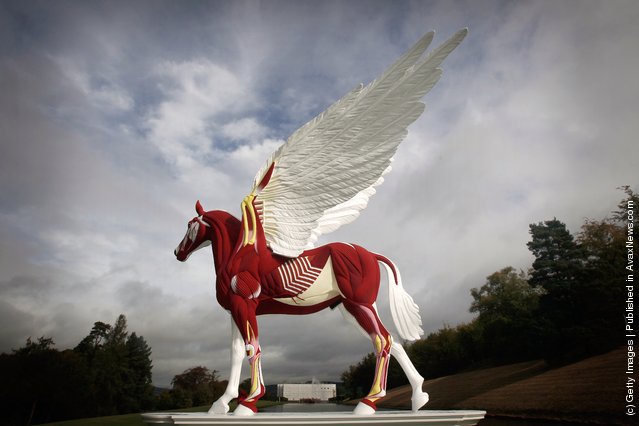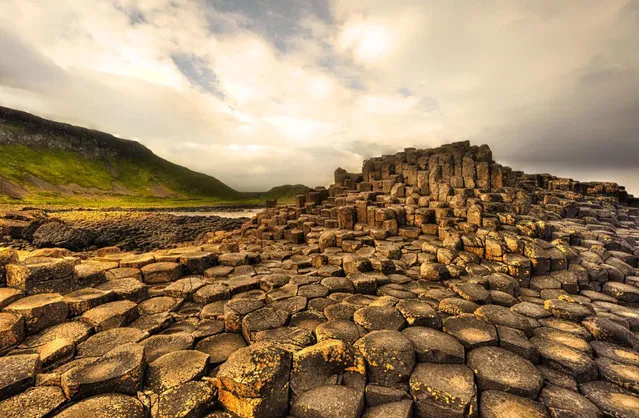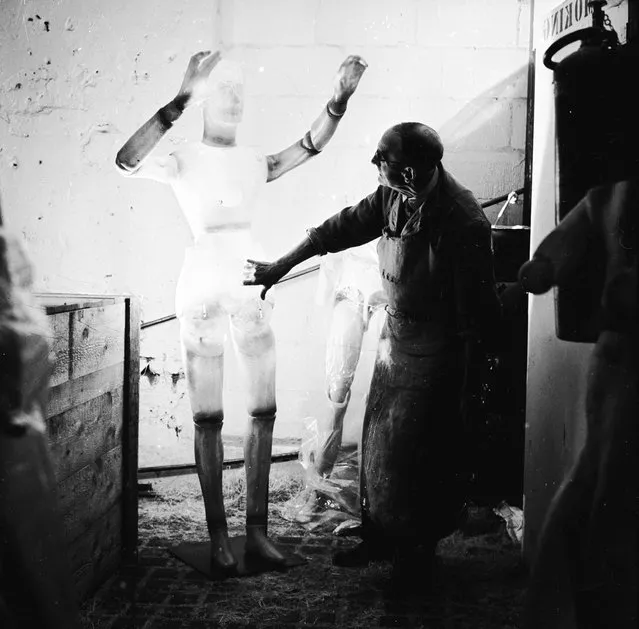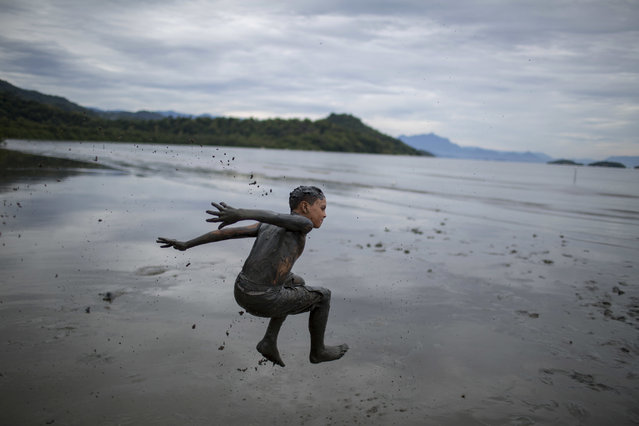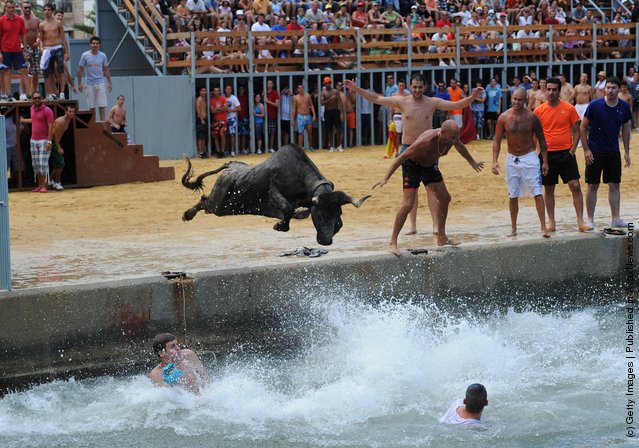
A girl walks along former railway tracks in the so- called “Tunnel of Love”, surrounded by arches of intertwined trees, near the Ukrainian village of Klevan, Rivno region, on August 6, 2018. The tunnel of about five kilometres in length is a botanical phenomenon, which became a cult place for tourists and couples in love. The tourist legend says that wishes of couples in love will come true, if the couple passes through the tunnel. (Photo by Sergei Supinsky/AFP Photo)
08 Aug 2018 08:31:00,post received
0 comments

